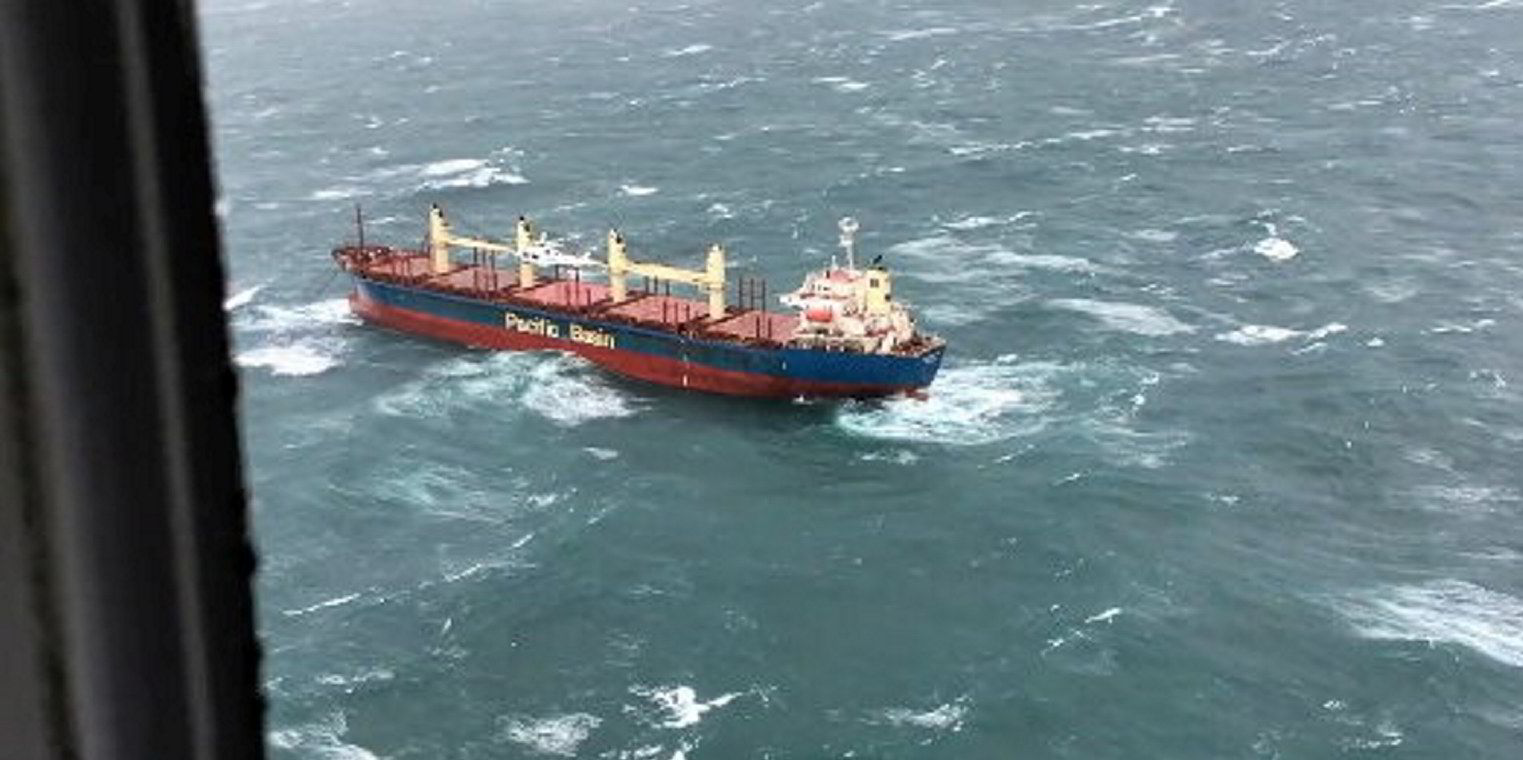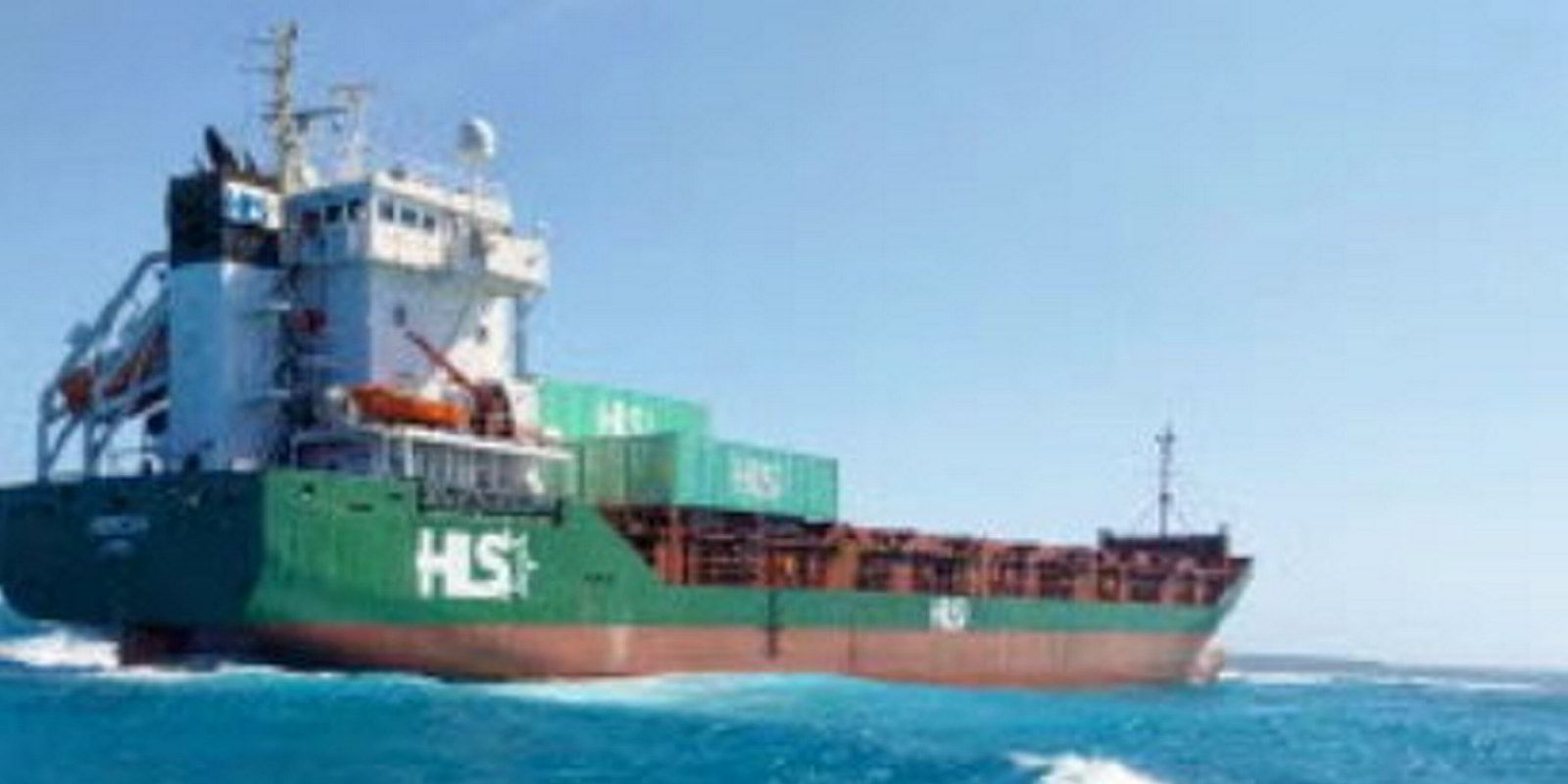A Pacific Basin bulker that sparked a major emergency rescue operation off Australia last year had been ordered out of port in a storm, an accident report reveals.
The 28,000-dwt Portland Bay (built 2004) subsequently lost power at sea, causing authorities to scramble tugs in an effort to prevent the ship grounding.
The handysize vessel came within 1.8 km of the coast.
An interim report published on Tuesday by the Australian Transport Safety Bureau (ATSB) set out a timeline for the incident, ahead of full findings later on.
The Hong Kong-flag ship was berthed at Port Kembla’s outer harbour when, shortly before 11am on 3 July it was directed by the vessel traffic service to depart and head out to a safe distance from the coast, due to heavy winds and swells in the region.
“Early the following morning, the ship was in bad weather off the coast when smoke from one of the main engine’s auxiliary blowers activated fire detectors,” ATSB said.
After the crew stopped the blower, the master found that the engine rpm was unable to go above dead slow ahead (about 42rpm), irrespective of the requested engine setting for higher loads, the report added.
The captain then notified the ship’s managers of the situation as a “main engine failure”.
ATSB director of transport safety Stuart Macleod said: “After one tug arrived from Sydney and struggled to assist, with tow lines parting on multiple occasions, another two tugs arrived later in the day as the ship drifted closer to the coastline.”
Portland Bay’s master deployed both anchors to anchor the ship later that evening.
A fourth, larger tug with greater towing capabilities arrived from Newcastle on 5 July. It was able to work with the other tugs to tow the Portland Bay to berth in Port Botany the following day.
“As the investigation continues, we will review the ship’s activities and movements in relation to calling at Port Kembla and conduct further analysis of data from the voyage recorder to verify key event times,” Macleod added.
The investigation will also review and assess the ship’s main engine maintenance and performance, including auxiliary blower operation.





